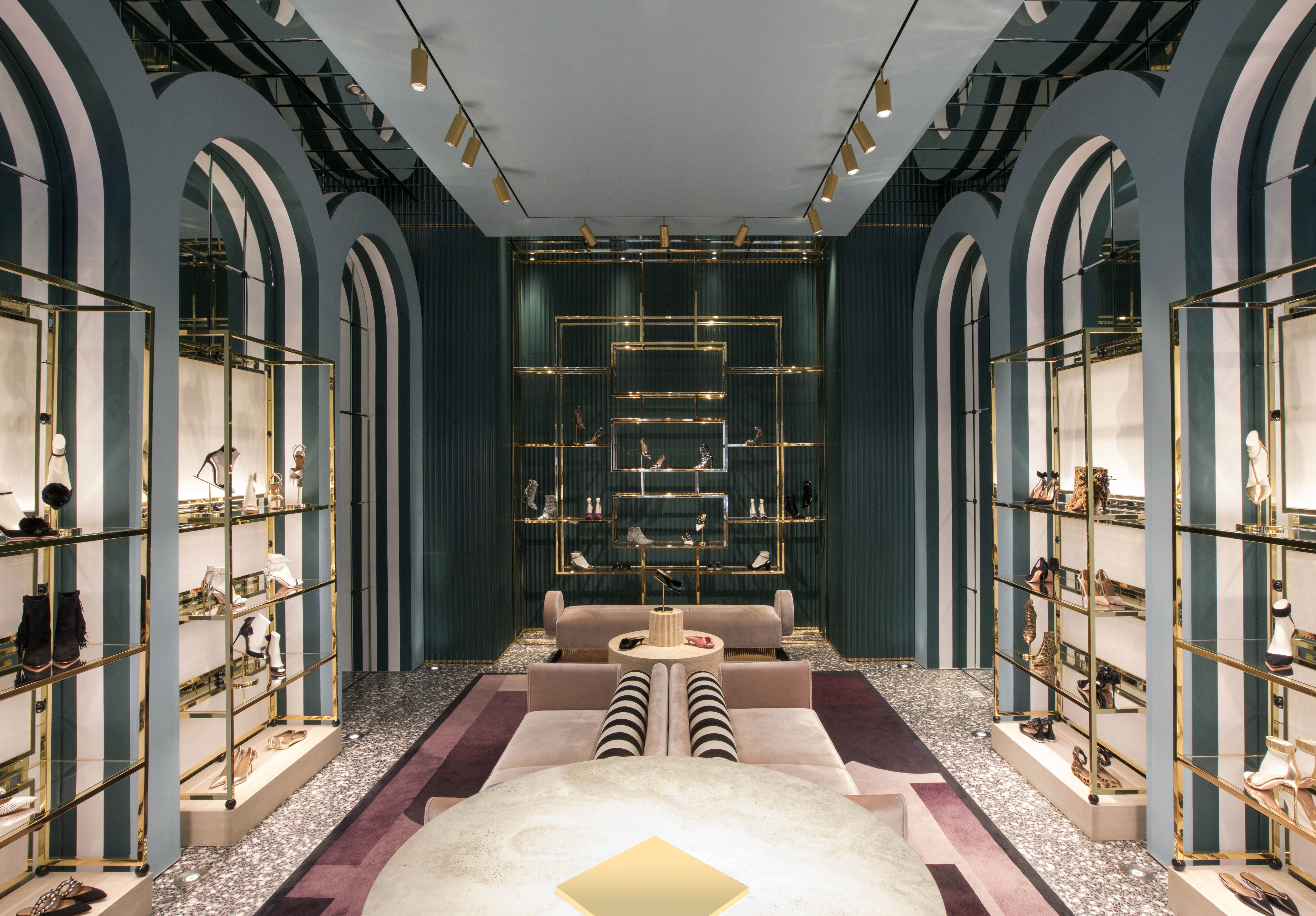Check Out the most recent Trends in Boutique Fashion for each Season
Check Out the most recent Trends in Boutique Fashion for each Season
Blog Article
Exploring the Advancement and Influence of Clothing on Modern Style Trends
The advancement of garments has substantially influenced modern-day fashion fads, merging historic criteria with sophisticated advancements. Famous numbers like Coco Chanel and Yves Saint Laurent transformed the style market by introducing concepts that prioritize convenience and access, which continue to reverberate today.
Historical Style Influencers
In the tapestry of fashion background, certain numbers have left an indelible mark, forming the trends and designs that define entire ages. Coco Chanel, an innovative developer, redefined ladies's style by introducing comfy, classy clothes that departed from limiting bodices. Her iconic Chanel match and little black dress have actually come to be classic staples in closets worldwide. Christian Dior's post-war "New Look" in 1947, with its party of femininity via full skirts and cinched waistlines, noted a return to opulence and has actually proceeded to affect designers.
Elsa Schiaparelli is an additional pivotal figure, renowned for her progressive layouts that integrated surrealist art, working together with Salvador Dalí to produce wayward items that challenged standard visual appeals. Her cutting-edge usage of color and bold patterns reverberates in modern style. Yves Saint Laurent, meanwhile, equalized high style with prêt-à-porter collections, bringing runway styles to the masses and setting a precedent for contemporary ready-to-wear lines.
These visionaries, amongst others, not only changed fashion in their times yet also established enduring fads that resonate in today's style market, offering a structure whereupon modern-day developers remain to construct and introduce. Their heritages underscore the significance of creative thinking and daring in vogue's ever-evolving story.
Technical Innovations in Style
Among the dynamic landscape of the fashion business, technical improvements stand at the center of innovation, improving how designers develop and consumers involve with fashion. The assimilation of 3D printing has actually changed layout procedures, making it possible for developers to explore complex frameworks and lasting products that were previously impossible. This modern technology helps with quick prototyping, decreasing waste and expediting manufacturing times.

Smart fabrics, installing modern technology into materials, are additionally changing the sector. Innovations like self-cleaning and temperature-regulating fabrics use improved functionality and convenience. Wearable modern technology, integrating attributes like physical fitness monitoring and interaction, includes a brand-new measurement to style, combining appearances with functionality.
Social Changes and Design
As technical innovations proceed to improve the style industry, social shifts are just as prominent, redefining design and consumer choices. In the last few years, the rise of social media sites platforms has sped up the circulation of global style patterns, permitting diverse social influences to coexist and merge. This electronic interconnectivity has assisted in the rapid exchange of ideas, leading to an extra diverse and inclusive interpretation of design that reflects the multifaceted nature of modern-day culture.
Cultural recognition and gratitude have actually triggered developers to draw inspiration from a more comprehensive spectrum of historical and ethnic contexts, incorporating typical themes with modern visual appeals. This combination has actually led to style that resonates with a larger audience, promoting a feeling of identity and belonging across different demographics. Additionally, the boosting need for personalization has driven brand names to use personalized alternatives, allowing customers to reveal individuality while mirroring their social heritage.
Furthermore, moving societal values have find this actually affected fashion, with inclusivity and diversity coming to be central themes. The market has actually begun to embrace designs and influencers of various type of body, ethnicities, and sex identities, difficult conventional elegance criteria. This transformation underscores the power of social shifts fit the future of fashion, as style comes to be a much more authentic expression of individual and cumulative identification.
Sustainability and Modern Design
While the style market continues to evolve, the essential for sustainability has actually come to be progressively urgent, affecting contemporary design practices. The rise of slow fashion, which emphasizes high quality over quantity, motivates customers to spend in ageless pieces rather than short-term patterns.
Additionally, modern-day style is identified by its development in lessening waste and advertising circularity. This approach not just alleviates ecological effect yet likewise enhances the social duty of fashion homes.

Future Trends in Style

Sustainability will certainly continue to be a driving force in forming future style fads. The market is progressively taking on green materials and ethical production approaches, reacting to a growing customer demand for accountable techniques. Innovations such as bio-fabricated products and closed-loop recycling systems are readied to redefine exactly how clothes is generated and taken in, decreasing ecological influence while keeping style and high quality.
Social shifts, including the rise of inclusivity and variety, will also play a crucial function. As society becomes more knowledgeable about social problems, fashion is anticipated to end up being a system for expression and adjustment. Developers will likely focus on producing collections that show a more comprehensive variety of experiences and identities, promoting depiction and ease of access.
Verdict
The evolution of garments significantly influences contemporary fashion patterns, where historical impacts combine with modern styles. This continuous evolution highlights style's function as a mirror to social values and technological improvement, suggesting a future rich with advancement and inclusivity.
The development of clothing has actually dramatically influenced modern style trends, combining historical precedents with cutting-edge developments.Among the vibrant landscape of the style market, technological advancements stand at the leading edge of advancement, improving exactly how designers produce and consumers engage with fashion.While the fashion sector continues to advance, the imperative for sustainability has ended up being progressively immediate, affecting modern-day layout practices. As sustainability becomes ingrained in modern design, it leads the method for a much more responsible and conscious fashion market.
The development of go to website apparel considerably affects modern style fads, where historical impacts merge with contemporary designs.
Report this page